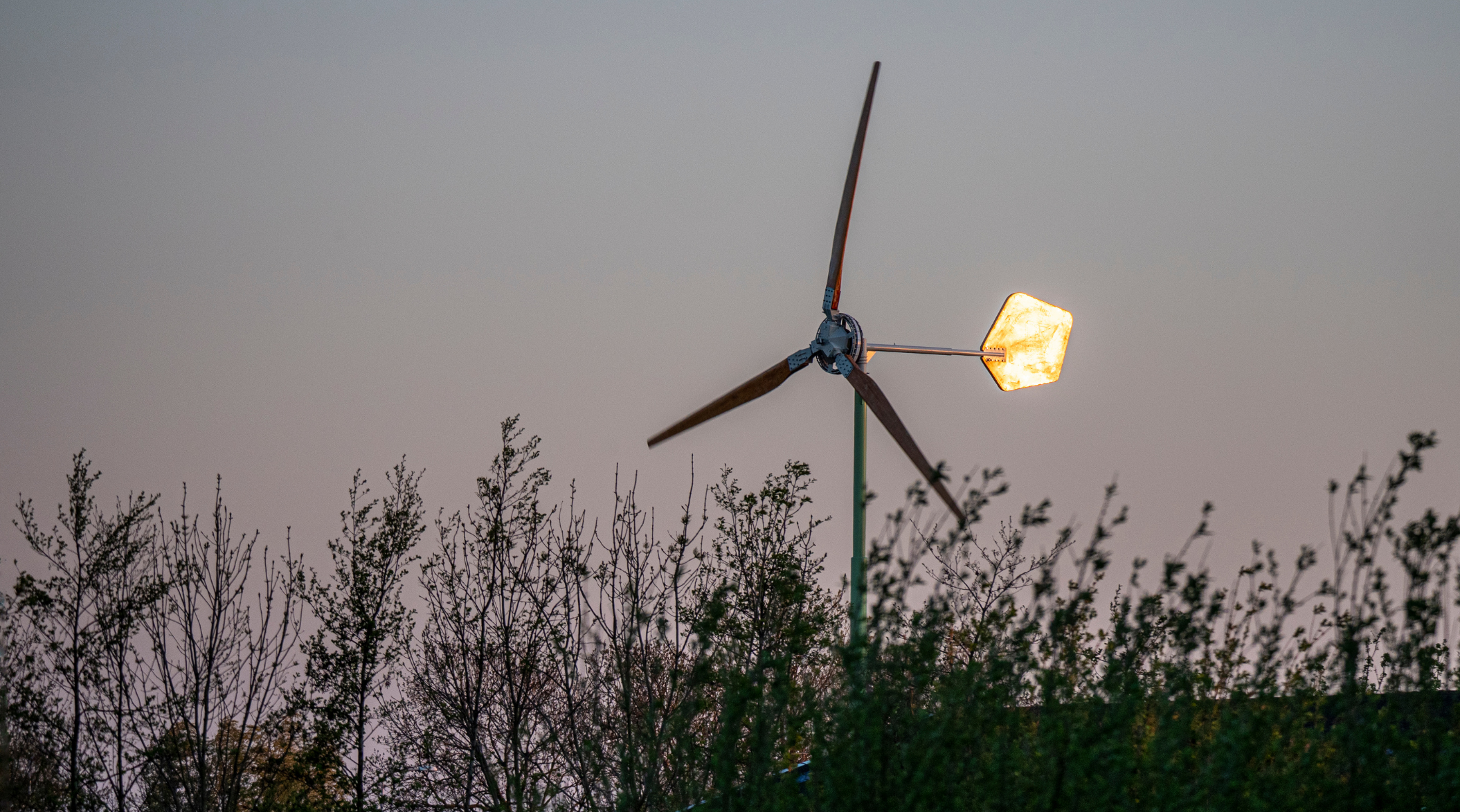
I have built many camp over the years that required alternative energy because the camp was located a great distance from a public utility. In fact, my own personal camp, located 7 miles by boat on Long Lake in New York’s Adirondack Mountains, falls into this category. Through trial and error, I've learned the best ways to set up your off-grid camp. Below are some tips I thought I would pass on to our customers.
Off grid utilities require three basic elements for generating electricity:
- Power Source: You need a power source - such as a solar panel, wind turbine, or a generator, or any combination of these.
- Power Source Conversion: Decide whether you need to convert DC power (which is generated by these power sources) into AC power or 110 for regular “household-type” use.
- Power Storage: If you do not want to rely on your power source 100% of the time, you will need a way to store power. In other words, if you lack sunshine on any given day, you may not want to hear (or pay for) your generator to run all day long so in that case, you would need a mechanism to store power.
I recommend using alternative power for lights, a well pump and other low wattage electrical needs. Try to avoid high wattage devices, such as hair dryers.
Solar panels are one of the most common power sources used for cabins. If you go this route, you will also need a generator to kick on when sunlight is not available to generate solar power and when your power storage is low. Batteries are set up on a meter so that when power is low and no electricity is being created, the generator starts automatically. This is the best solution I have tried but many people bypass the solar panels and just use a generator to keep the batteries full.
For storage, I recommend a series of batteries. The number of batteries you need is based on your usage and how much or how little you want to hear a generator run or how often you add fuel to it. While more expensive, “gel batteries” are the best bet because they won't freeze in winter. To protect them in winter, you must insulate gel batteries and make sure they are well ventilated.
Typically, an inverter that converts DC to AC power is wall-mounted close to your batteries. The size of the inverter is based on types of usage and frequency of use while at camp. Most "weekend type” camps operate adequately with an 850 to 1000 watt generator. Components are wired together and the inverter has a wire that provides “regular” 110 household-type power to the camp panel box.
I recommend using propane for your cooking stove, hot water heater and a refrigerator rather than electricity. Electric devices require significant wattage and will increase demand, thus dramatically increasing the size of the system you will need.
As a further energy conservation measure, I suggest you use low wattage or LED lighting. With this type of set-up, I believe you can enjoy all the necessary comforts of home without a utility bill and most of these systems have a life expectancy of 10 to 20 years. Systems vary in size from an elaborate setup for a large, off-grid home to a simple system that would work for a one-room, one-bath cabin.
I hope these suggestions will help you create an off-grid utility system for your cabin. If you ever have any questions, please email us at [email protected].
~ Dan Christmas
